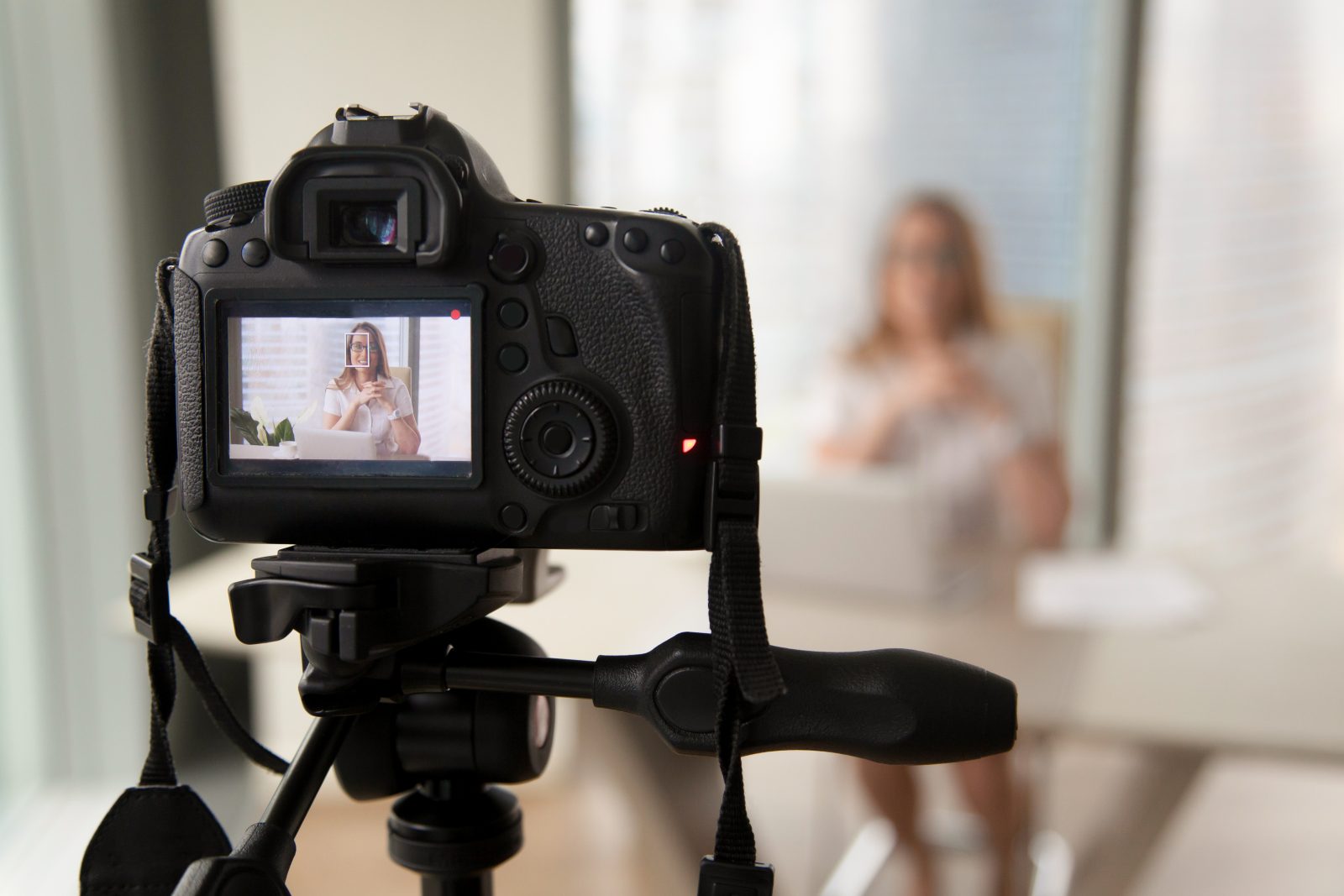Why the NHS sight test doesn’t help slow readers
The NHS Sight Test, often known as an eye exam or vision screening, primarily assesses visual acuity (how far you can see down the test chart) and the ability to see clearly at a distance.
This page features our library of videos on a range of subjects.

Regular eye exams help ensure that your vision remains as good as possible. We look through our eyes but see with our brains. The brain interpreting 100 million nerve impulses per second from each eye to give us to have our own interpretation of this visual world. Ruth Perrott explains why vision is important and why we should all have our vision checked, regularly.
The NHS Sight Test, often known as an eye exam or vision screening, primarily assesses visual acuity (how far you can see down the test chart) and the ability to see clearly at a distance.